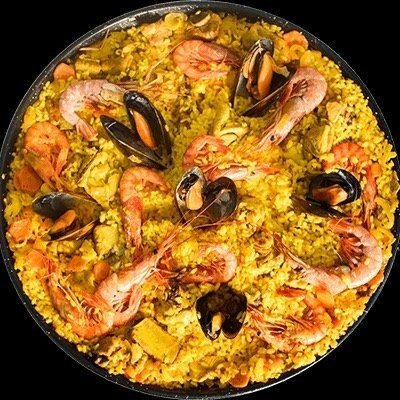Everybody knows about Paella, not only Spain’s most iconic dish but probably one of the most famous dishes in the world as well.
But in reality, very few know the real origins and history on how Paella became so popular worldwide (besides its amazing taste!).
Here you will find all the information you need to become a true Paella connoisseur.
Index
Where Paella Originated From
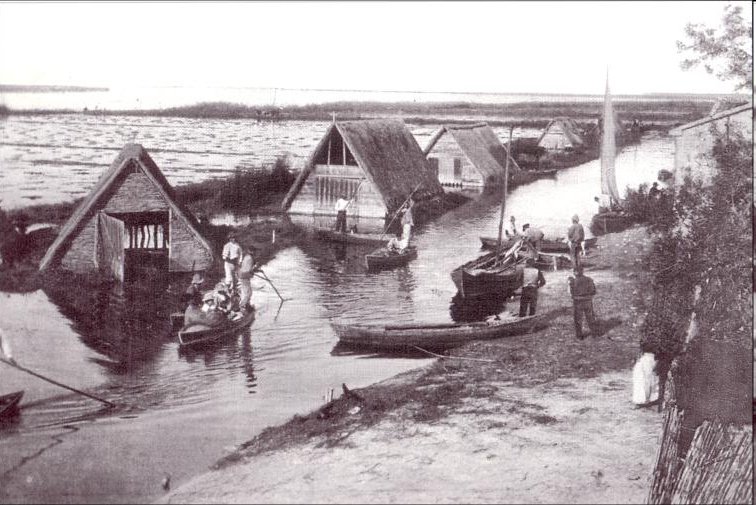
As we all know, Paella is a famous Valencian dish, but why did it originate there?
Paella originated in La Albufera, in the east side of the country near Valencia when, during the Arab period, rice was introduced to the Peninsula in the 12th Century.
Due to the particular combination of the land of high humidity, sun and soil, it made it the perfect place to grow the cereal.
It is important to notice that, along with rice, the Arabs also introduced Saffron, one of the key ingredients of our famous rice, creating the base for what was to become the incredibly amazing Paella.
How Paella Started
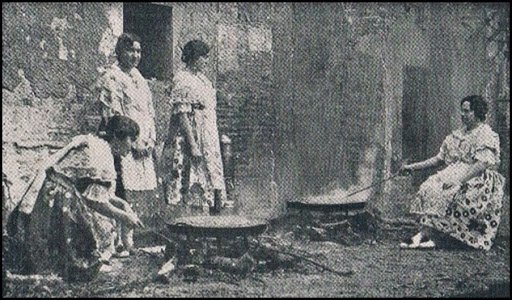
The first documented reference of the recipe known as “Valencian Rice” dates from 1520 a.C. , found in some written recipes in the book “Llibre de Coch”, that means literally “Cook Book”, as part of the book of recipes of King Ferdinand of Naples.
But how Paella originated in Spain is far from having Royal credentials, since it started as the dish that the common people from La Albufera started cooking by using the rice they were cultivating and mixing it with the local ingredients they could find.
The Classical Ingredients
Traditionally, these ingredients were the classical mediterranean ingredients of the area:
Green beans, artichokes, garlic, onion, olive oil, salt and peppers.
Then combined with the small animals that lived in the area such as:
Chicken and rabbit, or fish and seafood from the Mediterranean sea.
To find more about the Traditional Recipes you can check our Recipes Guide here.

Thus it is attributed to the housewives and working people of humble families that, while the rest of the family was working, they would be preparing slowly but full of love, the rice with all the ingredients they could find so when everybody came from work they could celebrate some quality time together.
Obviously, depending on the time of the year, the ingredients would vary, but there would always be one constant: the Valencian rice.
It’s very own type of rice that due to its proper characteristics of its starch, exclusive from the land of Valencia, it became the perfect rice because of how it sucks the base from the slow cook and ingredients, allowing the rice to have the most intense and delicious taste and texture.
To discover more in detail the Importance of the Rice in Paella visit our post “What type of Rice”.
How Paella Became so Important and Famous
As we have seen, by 1520 Paella was already a favourite of the King of the Time, Ferdinand of Naples.
It is thanks to that step to the higher classes that Paella started its journey to become one of the most famous dishes in the world.
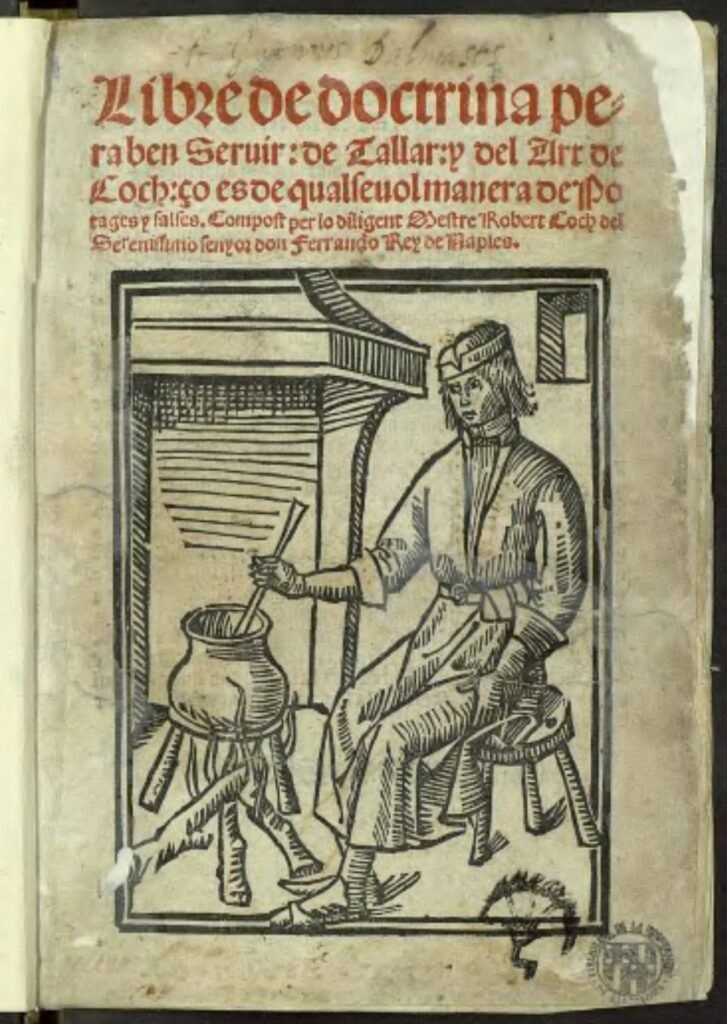
Although there is not full proof of it, it is thought that its first really intercontinental experience actually came from an expedition from the Japan Royalty.
Apparently, when coming to Spain, they were delighted with what was then known as “Valencian Rice”, a rice dish of extreme quality and taste, thus inaugurating its international awareness.
It was later found, in 1818, when a text is published that makes reference to the importance of how rice is being cooked in Valencia as opposed to the rest of the world and why:
by being able to properly dispose of the right amount of water to a well distributed rice, cooked in a very slow fire with high quality ingredients.
Due to the success of the Japanese Royal expedition, the “Valencian Rice” started being used as the dish for events and official receptions.
As a matter of fact, in the 19th Century, Paella became the official dish for diplomatic events, and as a result, it became a symbol of Spain due to its amazing taste.
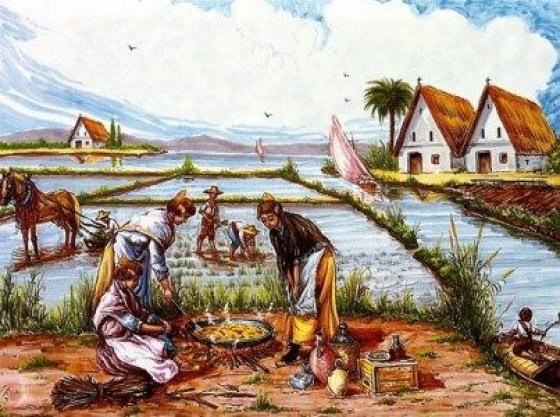
The International Growth
Such was the importance of the dish as a diplomatic element, that it was shown at different international expositions.
As a matter of fact, it is then when Paella started its international expansion and success by making a presence in the 1851 London Exposition, as well as in Paris in 1867 or even Philadelphia in 1876.
By that time it was still known as “Valencian Rice” and it is believed that the term “Paella” was coined after explaining to the Prince of Wales the importance of the pan as a key element in the elaboration of the dish.
As a curiosity, Paella then became widely popular, and it is even known that US President Franklin D. Roosevelt used to delight himself with Paella and the restaurant “Delmonico’s” in 1910.
The final explosion in its popularity came when, in the 1960s, during Franco’s dictatorship Spain opened its borders, and started becoming the touristic household that it is today, Paella was introduced to the millions of tourists that came to our country every year.
Sign up to keep updated with everything related to Paellita
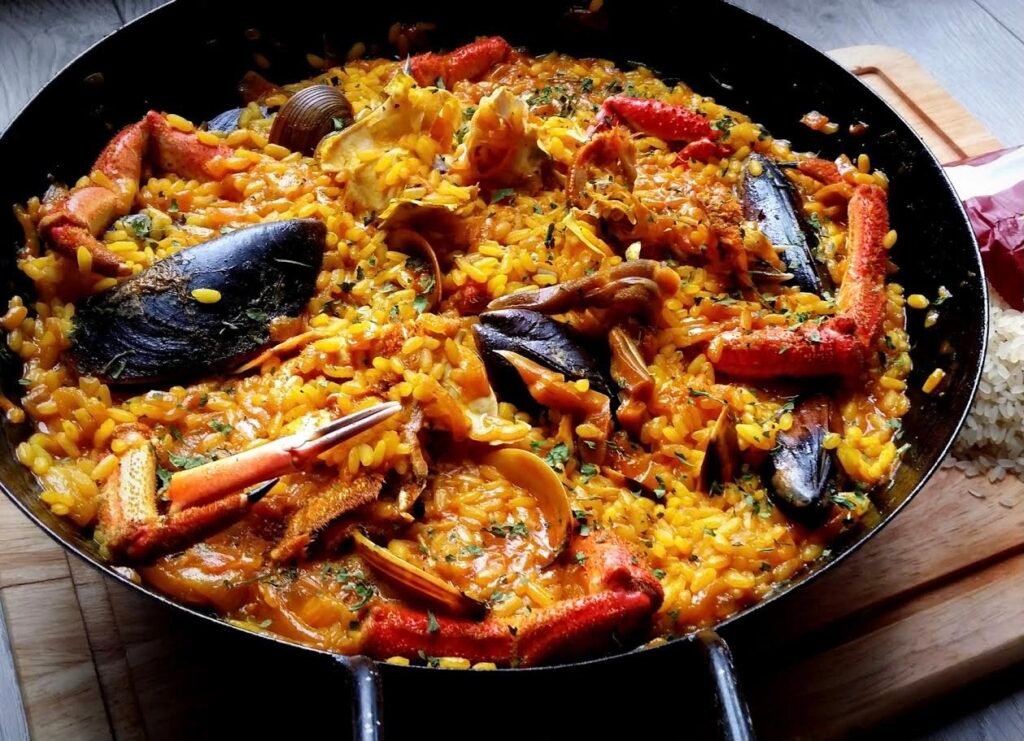
To know the traditional Paella recipes and how to cook them check our Traditional Paella Recipes guide!

To discover the essence and true beauty of Paella check our The Paella Ritual Guide

